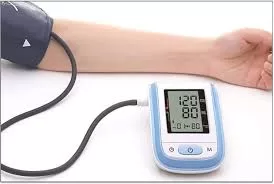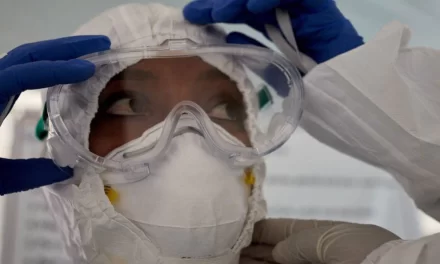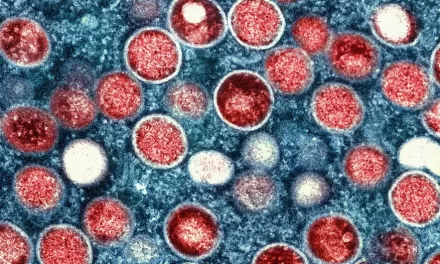In recognition of the urgent need to reduce errors in medical diagnosis, the World Health Organization (WHO) launched its 2024 campaign for World Patient Safety Day, held on 17 September, under the theme “Get it right, make it safe!”. The campaign emphasizes the importance of improving diagnostic accuracy to enhance patient safety and calls on all stakeholders—patients, health workers, policymakers, and civil society—to collaborate in reducing diagnostic errors, which are responsible for significant preventable harm worldwide.
“Ensuring the right diagnosis at the right time is essential for safe and effective healthcare,” said WHO Director-General Dr. Tedros Adhanom Ghebreyesus. “Diagnostic errors can lead to serious consequences, including prolonged illness, increased healthcare costs, or even death.”
WHO data reveals that diagnostic errors contribute to approximately 16% of preventable harm in healthcare, affecting millions of individuals globally. Most adults are expected to experience at least one diagnostic error in their lifetime, with potentially life-threatening outcomes. These errors can occur at various stages of a patient’s journey—whether through delayed, incorrect, or missed diagnoses, or due to miscommunication between health workers and patients.
Call for Global Collaboration
The campaign highlights the need for broad-based interventions across the healthcare spectrum. Policymakers, health facility managers, healthcare workers, product regulators, and patients must work together to address the issue of diagnostic errors.
- Policymakers: WHO urges governments to implement national guidelines, protocols, and resources to minimize diagnostic risks, ensuring that sufficient funding is allocated to support diagnostic safety.
- Health Facilities: Health managers are encouraged to create safe working environments, continuously improve diagnostic standards, and maintain diagnostic tools to prevent errors.
- Patients: On an individual level, patients and their families are encouraged to play an active role in the diagnostic process by openly sharing symptoms, medical histories, and concerns. Engaging in follow-ups and seeking clarifications on test results is crucial for early and accurate diagnoses.
- Health Workers: Medical professionals are called upon to prioritize communication, precision, and patient engagement at every stage of diagnosis.
WHO’s Action Plan and Future Roadmap
At the heart of WHO’s patient safety efforts is the Global Patient Safety Action Plan (GPSAP) 2021–2030, which provides a framework to ensure safe and high-quality healthcare for all. WHO’s recent Global Patient Safety Report 2024 highlights progress made towards GPSAP goals but also stresses the need for further advancements, particularly in diagnostic safety.
To strengthen diagnostic safety, WHO is developing a comprehensive model, with input from a broad coalition of stakeholders, including patient advocates, health workers, diagnostic experts, and academic researchers. The model, which is expected to be released in 2025, will offer practical tools and resources to support healthcare systems in reducing diagnostic errors and improving patient outcomes.
Global Consultation on Patient Safety
In the lead-up to World Patient Safety Day, the WHO-convened World Patient Safety 2024 Global Consultation (10-12 September) brought together key stakeholders to discuss strategies for implementing diagnostic safety interventions. Participants evaluated progress on the Global Patient Safety Action Plan and identified remaining challenges, focusing on how to accelerate progress toward safer healthcare systems.
As WHO looks ahead, the organization remains committed to fostering international cooperation, with the ultimate goal of reducing diagnostic errors and ensuring safe, high-quality healthcare for all.
“Get it right, make it safe!” underscores the message that reducing diagnostic errors requires joint effort and active participation from all sectors involved in healthcare. Through targeted interventions and global collaboration, the hope is to save lives and reduce unnecessary suffering across the world.












